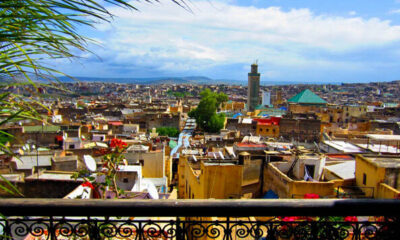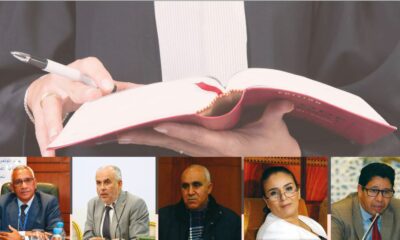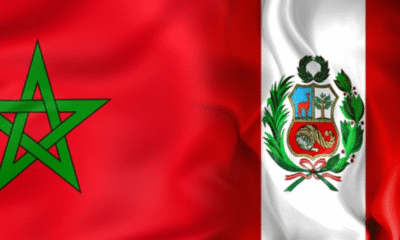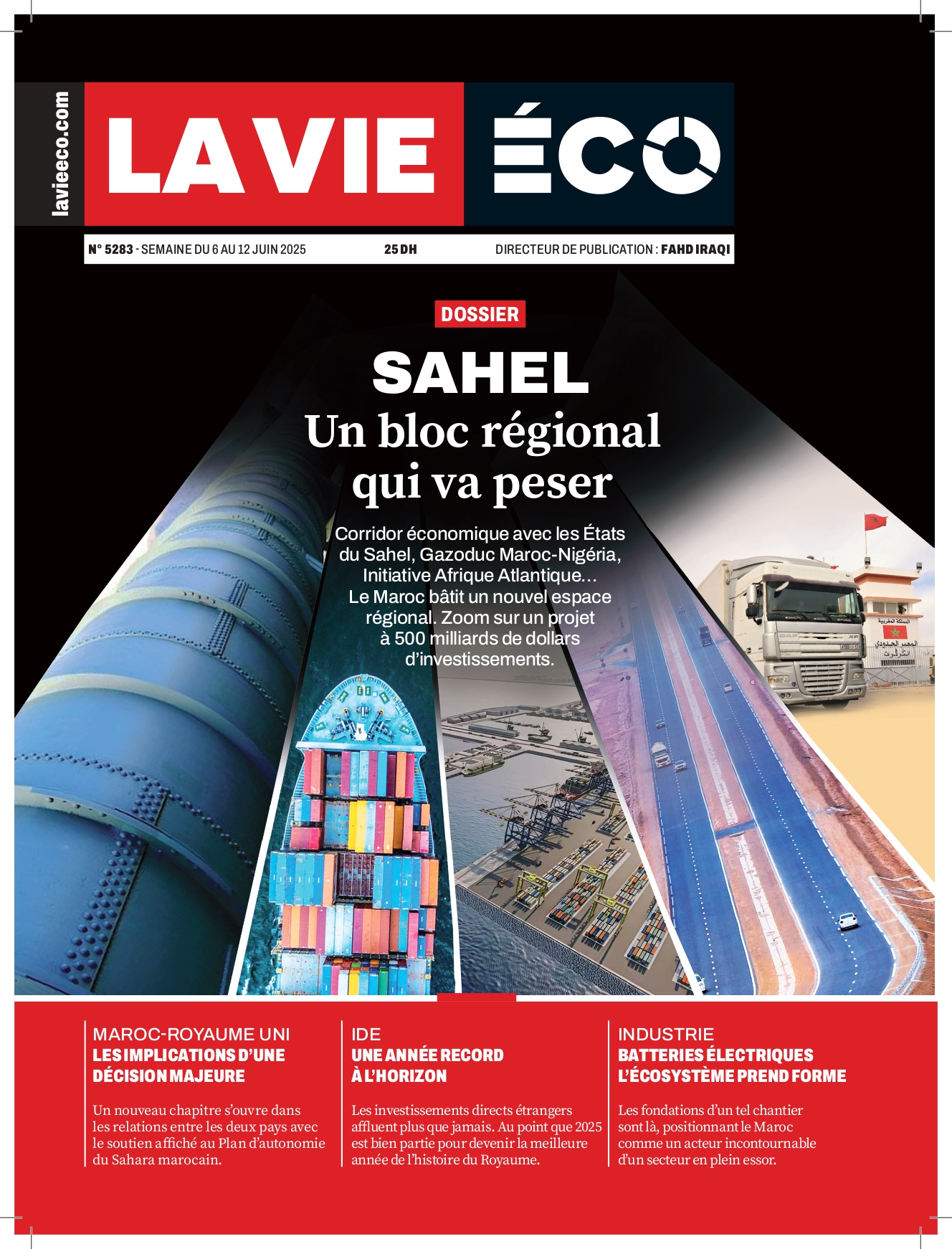Business
Tourism: 58 Projects Planned in the Eastern Region with a Total Budget of 424 Million MAD
These projects are divided into four main areas: enhancing regional products (16 projects costing 325 million MAD), strengthening air transport (7 projects/74.4 million MAD), tourism promotion (11 projects/7.55 million MAD), and events and training (14 projects/12 million MAD).
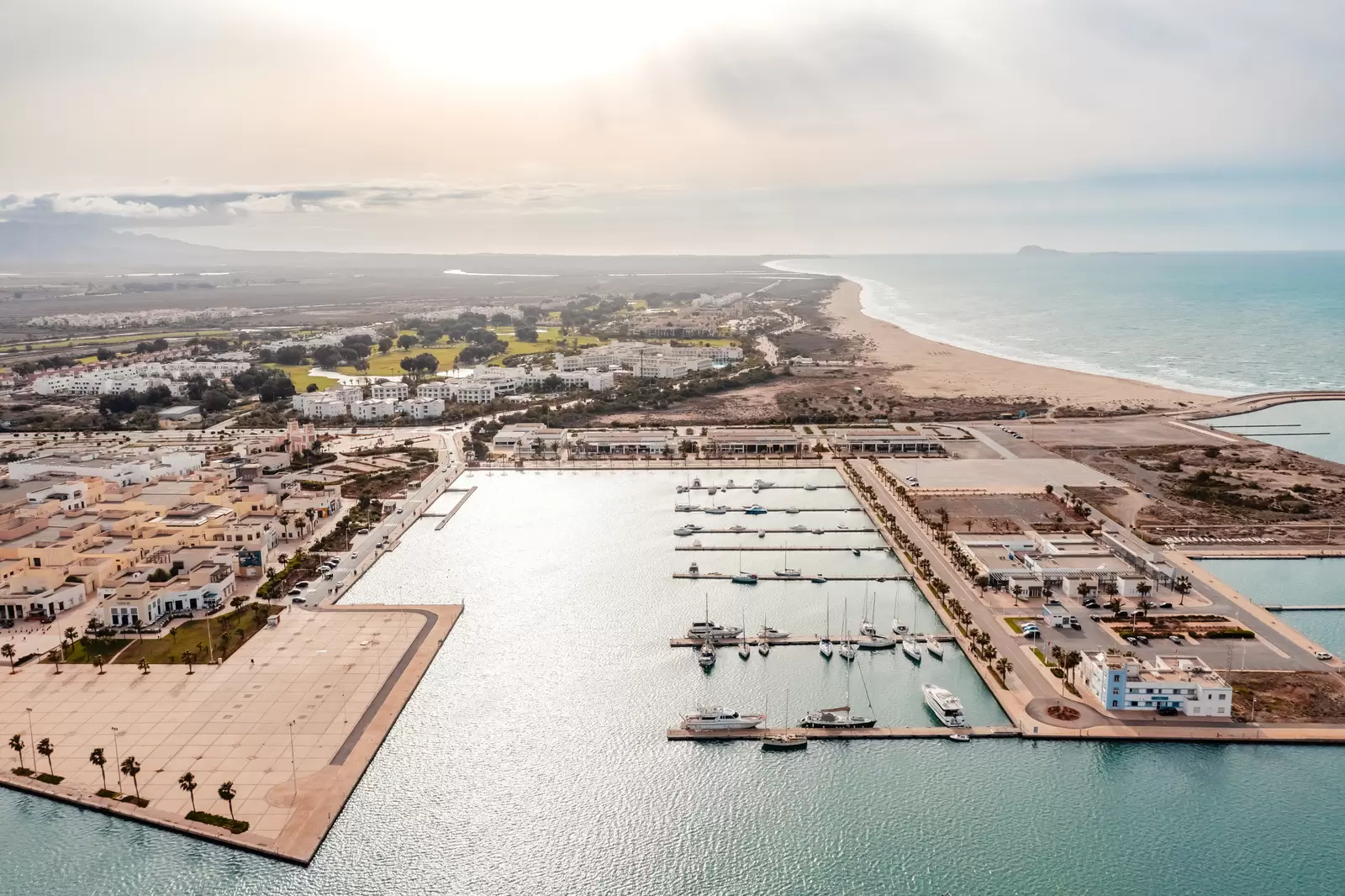
A recently held meeting in Oujda highlighted the importance of leveraging the Eastern Region’s diverse assets and enhancing their value to promote the tourism sector.
This meeting, attended by institutional and professional stakeholders, included a presentation on the current state of the tourism sector. The region’s strengths—such as attractive beaches, picturesque mountains, dense forests, natural oases, and healthcare infrastructure—were emphasized, alongside challenges hindering the sector’s development.
Based on this assessment, several objectives were identified, including improving the appeal of existing tourism offerings, developing new investments aligned with visitor expectations, and creating recreational activities that reflect local identity and enrich the tourist experience.
To achieve these goals, approximately 58 tourism projects have been planned for the 2025-2030 period, with a total budget of 424 million Moroccan dirhams (MAD).
These projects are divided into four main areas: enhancing territorial products (16 projects costing 325 million MAD), strengthening air transport (7 projects/74.4 million MAD), tourism promotion (11 projects/7.55 million MAD), and events and training (14 projects/12 million MAD).
The meeting also highlighted ongoing projects aimed at boosting tourism in the region, such as “Le train du désert” (Desert Train) and “Nador West Med,” as well as initiatives to rehabilitate parks and green spaces and support tourism professionals through modern approaches aligned with sector transformations.
Participants advocated for accelerating the implementation of an effective communication strategy, including the launch of an integrated digital platform, production of professional audiovisual content, promotional campaigns on social media and national/international media, and the organization of large-scale national handicraft exhibitions.
Regarding professional skills, emphasis was placed on specialized training programs for tourist guides and workers in hospitality and entertainment sectors, as well as integrating young project holders into a tourism economic system encompassing cooperatives, self-employed entrepreneurs, and small-to-medium enterprises—contributing to integrated and sustainable development.



